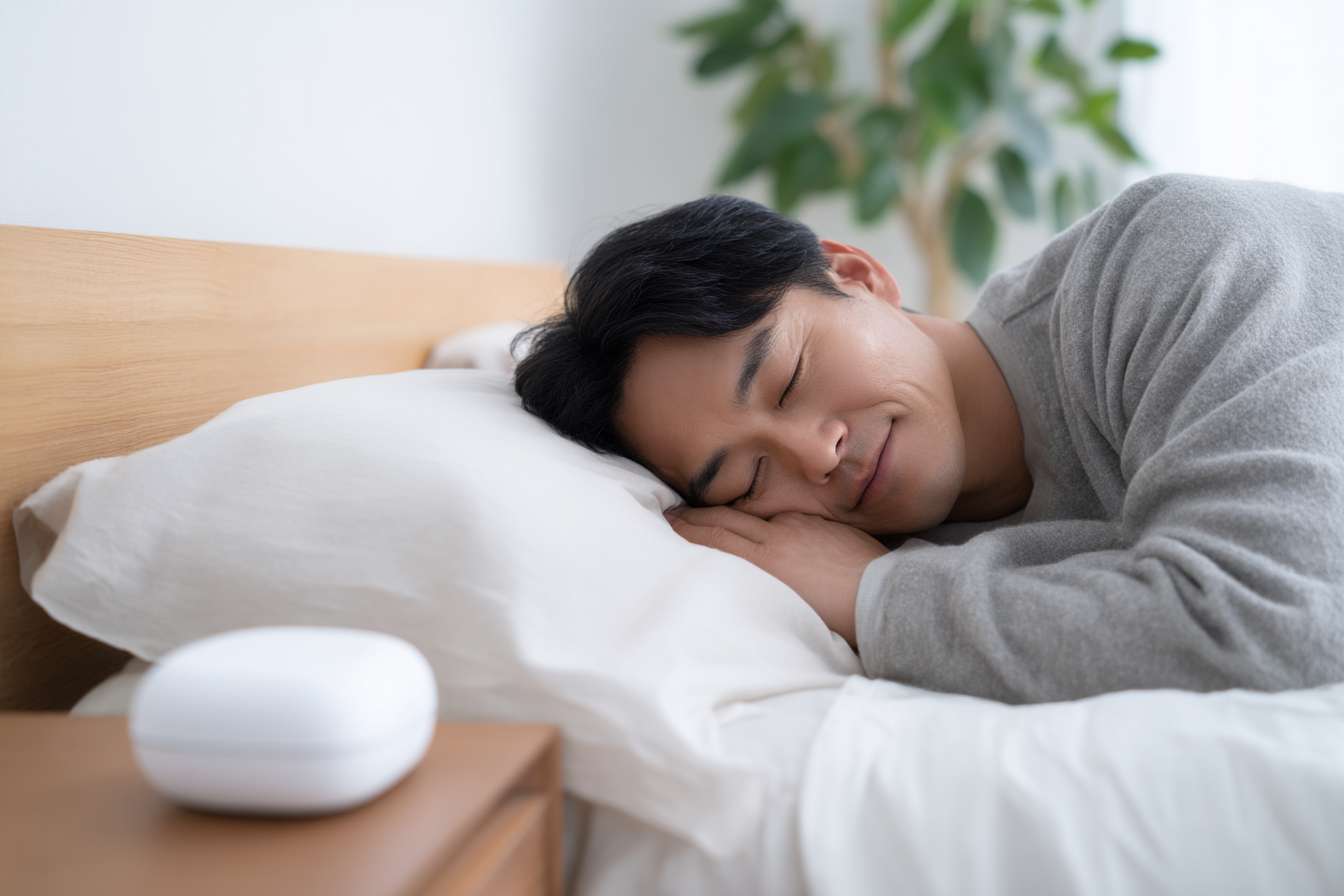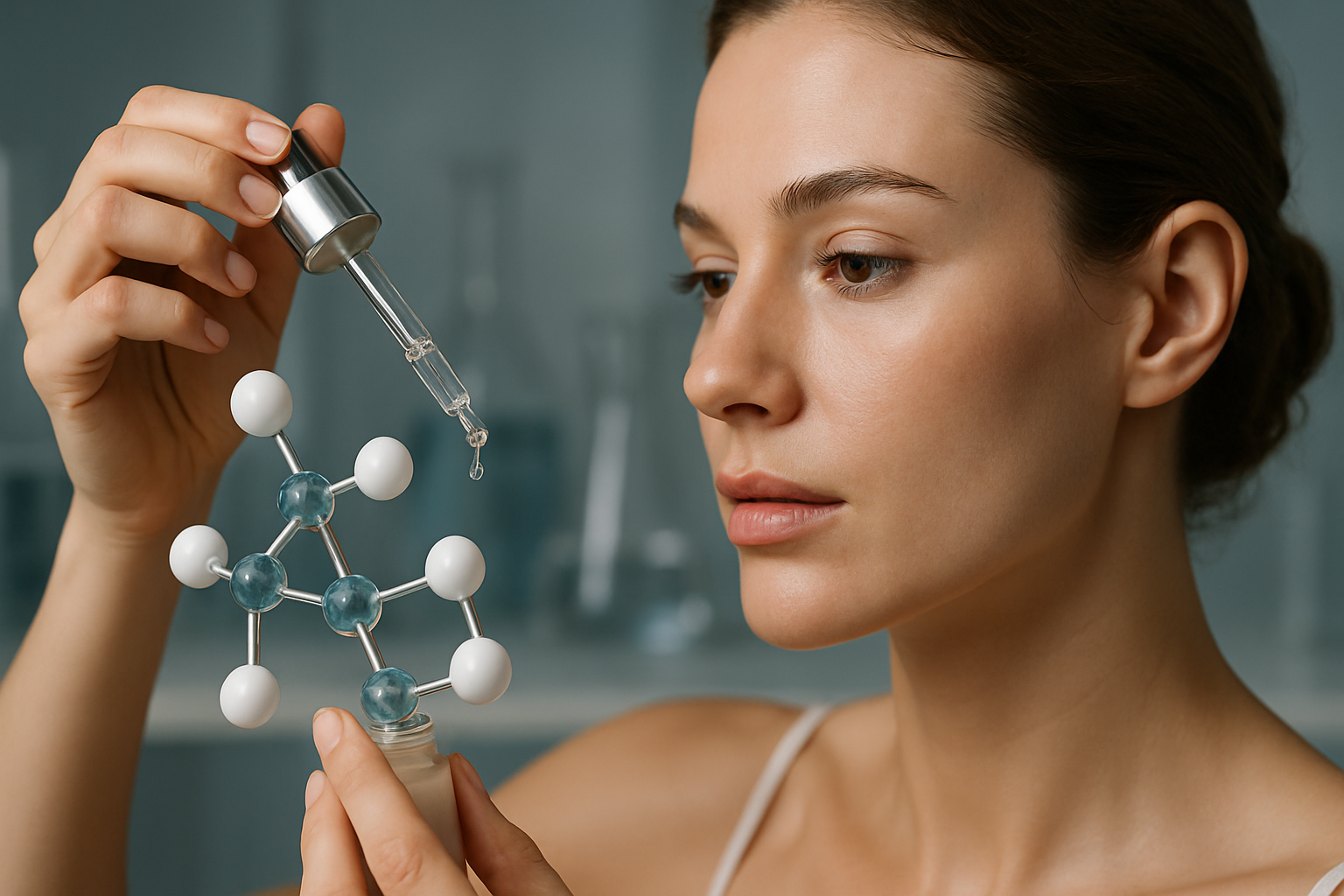Biohacking Sleep: The Rise of Precision Rest Technology
Imagine waking up feeling truly refreshed, your mind sharp and your body energized. What if you could optimize your sleep with the precision of a Formula 1 pit crew? Welcome to the world of sleep biohacking, where cutting-edge technology meets the science of slumber. Are you ready to revolutionize your nights and supercharge your days?

Decoding Sleep Architecture
To understand sleep biohacking, we must first delve into the intricacies of sleep architecture. Sleep occurs in cycles, each consisting of different stages: light sleep, deep sleep, and REM (Rapid Eye Movement) sleep. Each stage serves unique functions, from memory consolidation to physical restoration. Sleep biohackers aim to fine-tune these cycles, maximizing the time spent in the most beneficial stages for individual needs.
The Tech Behind Sleep Optimization
The sleep biohacking movement has spurred the development of sophisticated sleep-tracking devices. These range from non-invasive wearables to smart mattresses equipped with sensors. These devices monitor various parameters such as heart rate variability, body temperature, and movement patterns to provide a comprehensive picture of sleep quality.
Advanced sleep trackers now employ machine learning algorithms to analyze sleep data, offering personalized insights and recommendations. Some devices can even detect sleep apnea or other sleep disorders, serving as an early warning system for potential health issues.
Environmental Hacking for Better Sleep
Sleep biohackers don’t stop at personal monitoring; they extend their focus to optimizing the sleep environment. Smart home systems now integrate with sleep data to automatically adjust room temperature, lighting, and even air quality to create the ideal sleep sanctuary.
Circadian lighting systems, which mimic natural light patterns, are gaining popularity among sleep enthusiasts. These systems gradually shift from blue-rich light during the day to warmer hues in the evening, helping to regulate the body’s internal clock and improve sleep quality.
Nutritional Strategies in Sleep Biohacking
The connection between nutrition and sleep quality is a burgeoning area of research in sleep biohacking. Chrononutrition, the practice of timing nutrient intake to align with the body’s circadian rhythms, is showing promise in enhancing sleep quality.
Some sleep biohackers experiment with specific supplements like magnesium, glycine, or adaptogenic herbs to support sleep. However, it’s crucial to note that the efficacy of these supplements can vary greatly between individuals, and consultation with a healthcare professional is advised before starting any new supplement regimen.
The Role of Cognitive Techniques in Sleep Optimization
While technology plays a significant role in sleep biohacking, cognitive techniques are equally important. Mindfulness meditation, guided imagery, and cognitive behavioral therapy for insomnia (CBT-I) are powerful tools in the sleep biohacker’s arsenal.
Some innovative approaches combine technology with cognitive techniques. For instance, neurofeedback devices that monitor brainwave activity can guide users into a state of relaxation conducive to sleep. Virtual reality relaxation programs are also emerging as a novel way to prepare the mind for restful sleep.
Ethical Considerations and Future Directions
As sleep biohacking gains momentum, it raises important ethical questions. The collection and use of personal sleep data, the potential for sleep optimization to be used as a performance enhancement tool in competitive environments, and the risk of creating a “sleep divide” between those who can afford advanced sleep technology and those who cannot are all concerns that need to be addressed.
Looking ahead, the field of sleep biohacking is poised for exponential growth. Research into chronobiology and the molecular mechanisms of sleep continues to uncover new possibilities for optimization. The integration of artificial intelligence in sleep analysis promises even more personalized and effective interventions.
Precision Rest Insights
- Sleep spindles, brief bursts of brain activity during light sleep, are linked to learning and memory consolidation
- The ideal bedroom temperature for sleep is between 60-67°F (15-19°C)
- Blue light exposure in the evening can delay the release of sleep-inducing melatonin by up to 3 hours
- Sleep debt accumulates over time and cannot be fully repaid with one long sleep session
- Consistency in sleep and wake times can be more beneficial than the total amount of sleep
In conclusion, sleep biohacking represents a paradigm shift in our approach to rest and recovery. By leveraging technology, data analysis, and a deep understanding of sleep biology, we can unlock the full potential of our nightly slumber. As research progresses and technology evolves, the dream of truly optimized sleep is becoming a reality, promising a future where we can harness the full power of rest to enhance our health, productivity, and quality of life.





